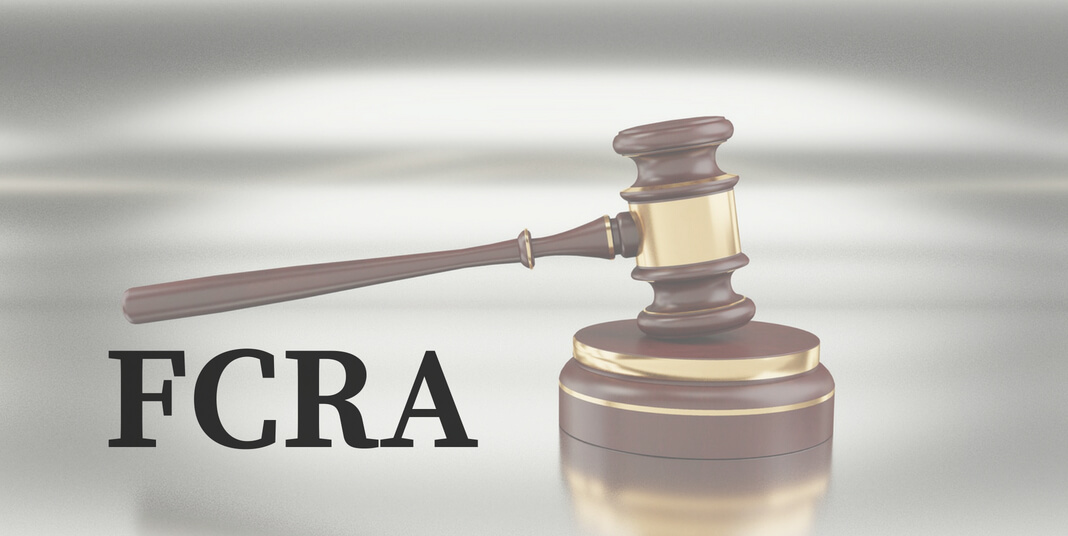Things Have Changed In FCRA.
~Preet

Image Taken From :- https://capindia.in/foreign-contribution-regulation-amendment-rules-2020-further-tightens-the-bolts/ No rights of the image belongs to the writer or publisher.
The Foreign Contribution (Regulation) Act was recently revised by the Ministry of Home Affairs (FCRA). In November 2020, the Ministry toughened the FCRA rules, making it clear that NGOs (Non-Governmental Organizations) that are not directly linked to a political party but engage in political action such as bandhs, strikes, or road blockades will be considered political if they participate in active politics or party politics. All NGOs receiving money are required by law to register with the FCRA. The action comes after the government raised the import tariff on gold from 7.5 percent to 12.5 percent in an effort to discourage gold imports, which increase the trade imbalance and put pressure on the currency and FX reserves. An increase in gold import tariff will raise the cost of import and discourage its import and use.
It permits Indians to receive up to Rs 10 lakh per year from relatives living overseas under FCRA. Previously, the ceiling was Rs 1 lakh. If the sum is exceeded, people will now have 90 days instead of 30 days to notify the government. It has granted individuals and non-governmental organisations (NGOs) 45 days to apply for 'registration' or 'advance approval' to accept funding under the FCRA. It was formerly 30 days. Organizations receiving foreign donations will be limited to using no more than 20% of such cash for administrative reasons. Before 2020, this ceiling was set at 50%. Instead of immediately pursuing the organisations or people, five more FCRA offences were made "compoundable," totalling 12. Previously, just seven FCRA offences were compoundable.
It will reduce outflows of cash while increasing inbound remittances. It would result in an increase in the entry of capital into India, which will help to stabilise the foreign reserves as well as the currency. Similarly, raising the import tariff on gold from 7.5 percent to 12.5 percent will discourage gold imports by raising the price of gold in India. Increased inflows of capital and decreased outflows of funds due to gold imports would assist lower the trade imbalance. The trade deficit in April and May 2022 reached a peak of USD 20.1 billion and USD 24.6 billion, for a total of USD 44.7 billion in two months. In April and May of 2021, the trade imbalance was USD 21.8 billion.
Comments
Post a Comment